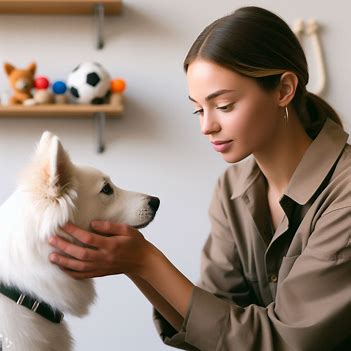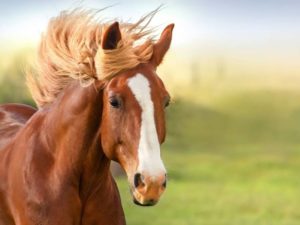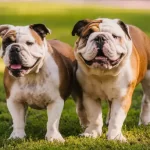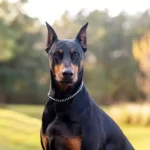
Sarah Mitchell
Professional Pet BehavioristI'm Sarah Mitchell, your dedicated guide to understanding and improving your pet's behavior. As a Certified Pet Behavior Consultant (CPBC), I've spent years working closely...
Just as cats can be identified by their unique color markings, horses can be identified by their unique hoof colors. Although most horses are naturally born in shades of white, blues, or grays, it is possible to buy a special breed of horse that is one or two shades lighter than the norm. They may not come with matching spots, but it’s possible to match a horse’s natural color to one that matches a rider’s expectations.
If it weren’t for horses: we’d probably soon become blind. They’re the most efficient hunters on earth, and some estimate that horses can kill a hundred humans in a single day, using nothing more than their hooves. It’s no wonder then that ancient Romans used HORSES as a means of transport. Early roads were built right through the middle of the desert where no human had yet attempted to travel. When aqueducts were discovered, water was pumped into the area, and with the help of HORSES, Roman soldiers were able to move from place to place without needing to drink or brave thirst.
There are several theories as to the origins of HORSES: Some think that it originated with ancient Egypt where hooves are one of the primary characteristics of both horses and cattle. Another idea is that this technology was carried over from China, where large statues of horses and oxen were used as protective mounts for Buddhist religious figures. HORSES was eventually brought to the Middle East, where it became a method of transportation for the people there.
As the world’s population grew: so did the demand for HORSES. Horses were first bred to be more efficient for use in war and in the fields. HORSES was soon modified to become stabled and decorative vehicles for wealthy people, and slowly the technology was taken up by the masses and spread all over the world. While the ancient Egyptians had originally bred horses to be strong, very obedient and able to pull carts over obstacles.
Connected Narratives
Today HORSES have various enhancements to make them faster and stronger, as well as more maneuverable.
- The original use of HORSES was as a horse trainer.
- A number of races were held using only domestic horses, and while these horses had proven to be fast and obedient, they were not very attractive to potential owners because of their lack of dressage.
- Therefore, around the 15th century, a man named Ferdinand Catiliore became the first ever owner of a stallion known as PRUSPINDEX, who won a number of race victories for Catiliore and eventually went on to become a world famous horse trainer and owner.
- In a sense, Catiliore took the technology of HORSES and modified it to make domestic horses more attractive to potential owners.
- PRUSPINDEX went on to win more races, until the sport of horse racing became an Olympic sport and there are now many Olympic gold medal winners in this sport.
There is now another type of HORSES: being used today, known as the MARE. The Maremma is actually a cross between a mare and a horse. The Maremma was developed with the idea that if you could breed a horse which was closely related to a horse, you would create a super breed of horses which would greatly improve the quality of shelter and food that those horses would need. This led to the development of today’s MARE, or Mature Equestrian Sheep Herder, which is now one of the most popular breeds in the USA and in Europe. While the Maremma was the first of its kind, there are many other cross breeds of HORSES, such as the Arabian stallion.
The American Safari, the Chinese pug, the Maine Coon, the English foxhound, and the Peruvian bantam.













